The Great Wall of China
The 10,000-li Great Wall of China is a result of arduous works and wisdoms of laboring people of past ages. It was built by more than 20 kingdoms and feudal dynasties over 2,000 years since the Spring & Autumn Period and Warring States Period. It is one of the greatest miracles in the world.
Top 10 Interesting Facts About the Great Wall of China
Here are 10 fun facts about the great wall, learn about the history, construction, and significance of the Great Wall of China, one of the most famous ancient structures in the world.
1. Longer Than Half the Earth's Equator
The Great Wall stretches over 21,196 kilometers (13,171 miles) - long enough to cover half the Earth's equator! Walking its entire length nonstop would take at least 18 months
2. Ancient "Sticky Rice Mortar"
Parts of the wall were built with glutinous rice flour mixed with lime, creating a super-strong adhesive. Some studies suggest it's even more durable than modern cement!
Key Fact: While sticky rice was expensive and reserved for royal projects, its use in the Great Wall exemplifies ancient China's innovative fusion of natural resources and construction science.
Why Was Sticky Rice Used in the Construction of the Great Wall?
1). Natural Adhesive Properties of Amylopectin
Sticky rice contains a high concentration of amylopectin, a branched-chain starch that becomes highly viscous when cooked. Mixed with lime, it forms a durable organic-inorganic composite mortar with superior bonding strength compared to traditional clay or lime-based mixtures.
2). Bio-Mineralization for Enhanced Durability
The interaction between amylopectin and inorganic materials (e.g., lime) triggered biomineralization, creating tightly packed microcrystalline structures. This process significantly improved resistance to weathering, earthquakes, and physical impacts, allowing sections like the Ming Dynasty walls to withstand centuries of erosion.
3). Waterproofing Capabilities
Sticky rice mortar formed a dense, impermeable barrier when dried, effectively blocking rainwater penetration. For example, Ming-era walls using this material remain intact after 600+ years, while earlier sections without it crumbled faster.
4). Historical Validation
Sticky rice mortar was prioritized for critical imperial projects like the Great Wall due to its proven longevity. Structures such as the Ming City Wall in Nanjing and Quanzhou's ancient pagodas, built with this mortar, still stand today.
5). Modern Scientific Confirmation
Laboratory tests show sticky rice-lime mortar has 2-3 times higher compressive strength than pure lime mortar. Its organic-inorganic hybrid structure inspired modern biomimetic materials, validating its engineering brilliance.
3. Not a Single Continuous Wall
It's actually a network of separate walls, watchtowers, and natural barriers (like mountains and rivers). Some gaps between sections exceed 100 kilometers (62 miles)!
4. Living "Bio-Protective Skin"
A layer of cyanobacteria, lichens, and moss grows on the wall's surface. Scientists found this "biological crust" shields the structure from erosion, acting like natural armor!
5. 500-Year-Old Hand Grenades
Archaeologists discovered 60 Ming Dynasty (1368-1644) grenades near the wall, likely used by General Qi Jiguang's troops. Early gunpowder weapons played a role in defense!
6. Speed-Walking the Wall
British brothers William and Thomas Lindesay hiked 3,262 kilometers (2,027 miles) of the wall in 131 days in 1987 - still the fastest continuous trek on record!
7. The Mysterious "Mongolia Arc"
A 405-kilometer (252-mile) section stretching into Mongolia wasn't for defense. Historians believe it was a surveillance system to monitor nomadic tribes' movements.
8. WWII Battle Site
During the 1933 Shanhaiguan Battle, Chinese soldiers fought Japanese invaders from the wall - its last documented military use in history.
9. Space Visibility Myth… Sort Of
You can't see the wall with the naked eye from space, but NASA confirmed radar/satellite imaging can detect it, especially where light-colored walls contrast with dark terrain.
10. Built by Millions, Not Bodies
Over 1 million laborers - soldiers, peasants, and convicts - built the wall across dynasties. While many died from harsh conditions, the idea that workers were buried inside the wall is just a myth.
Bonus Fun Fact:
The Great Wall is nicknamed "The Longest Cemetery" due to the countless lives lost during its construction. Yet, it remains a timeless symbol of resilience and ingenuity!
Let me know if you'd like more details about any of these!

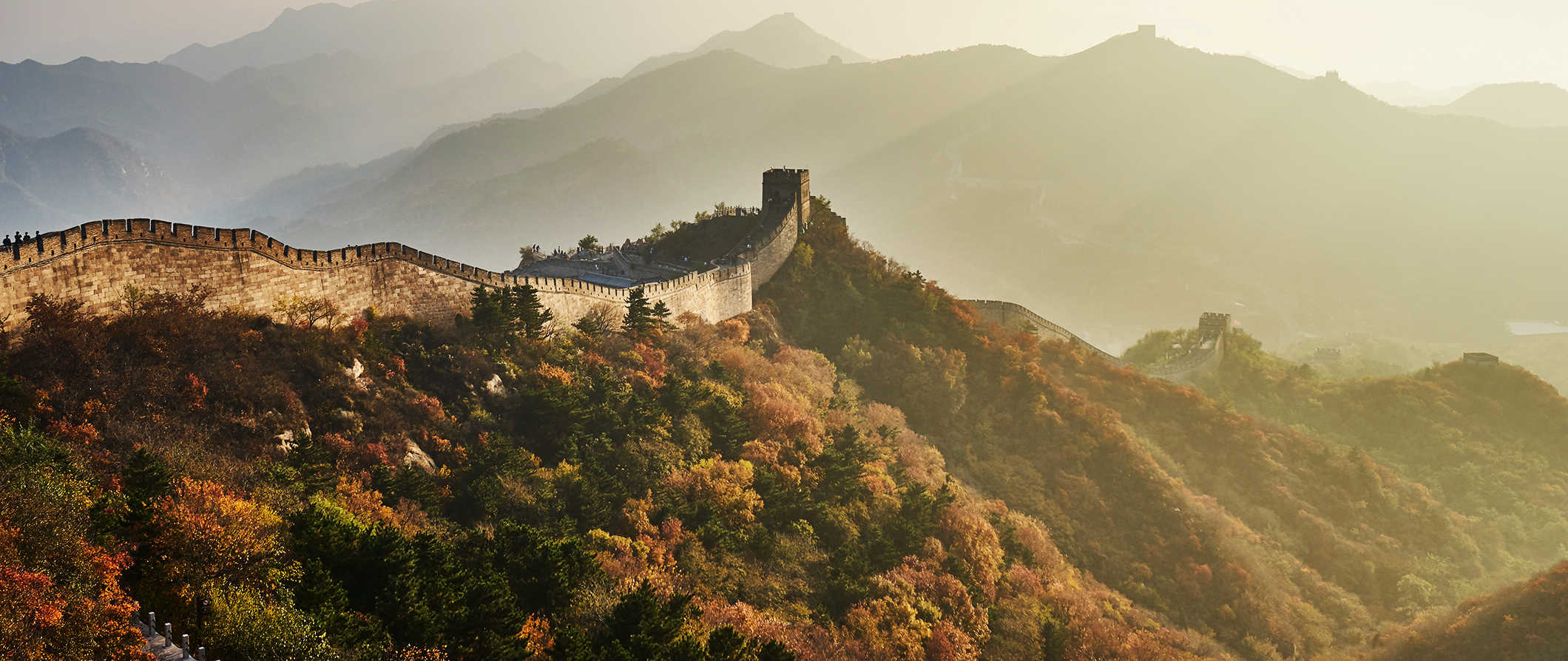 The Great Wall in Early Autumn
The Great Wall in Early Autumn
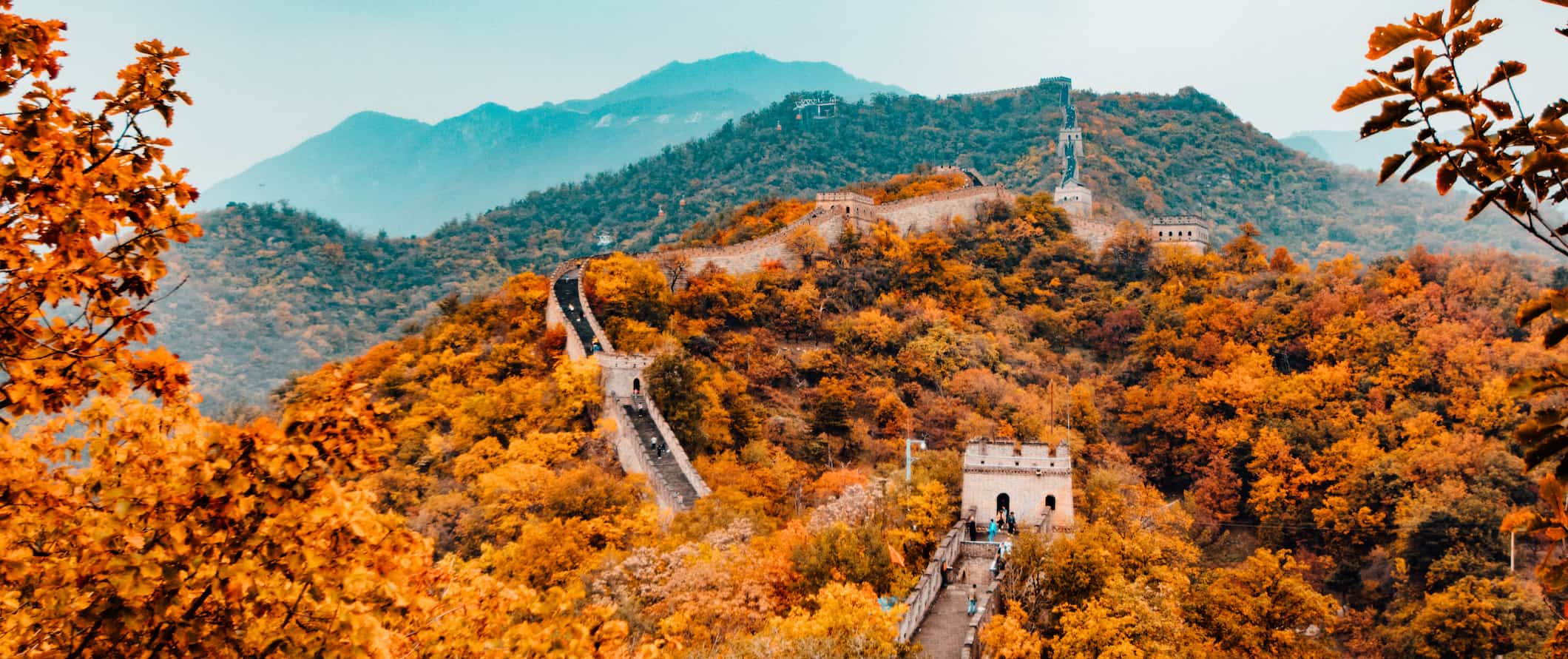 The Great Wall in Late Autumn
The Great Wall in Late Autumn
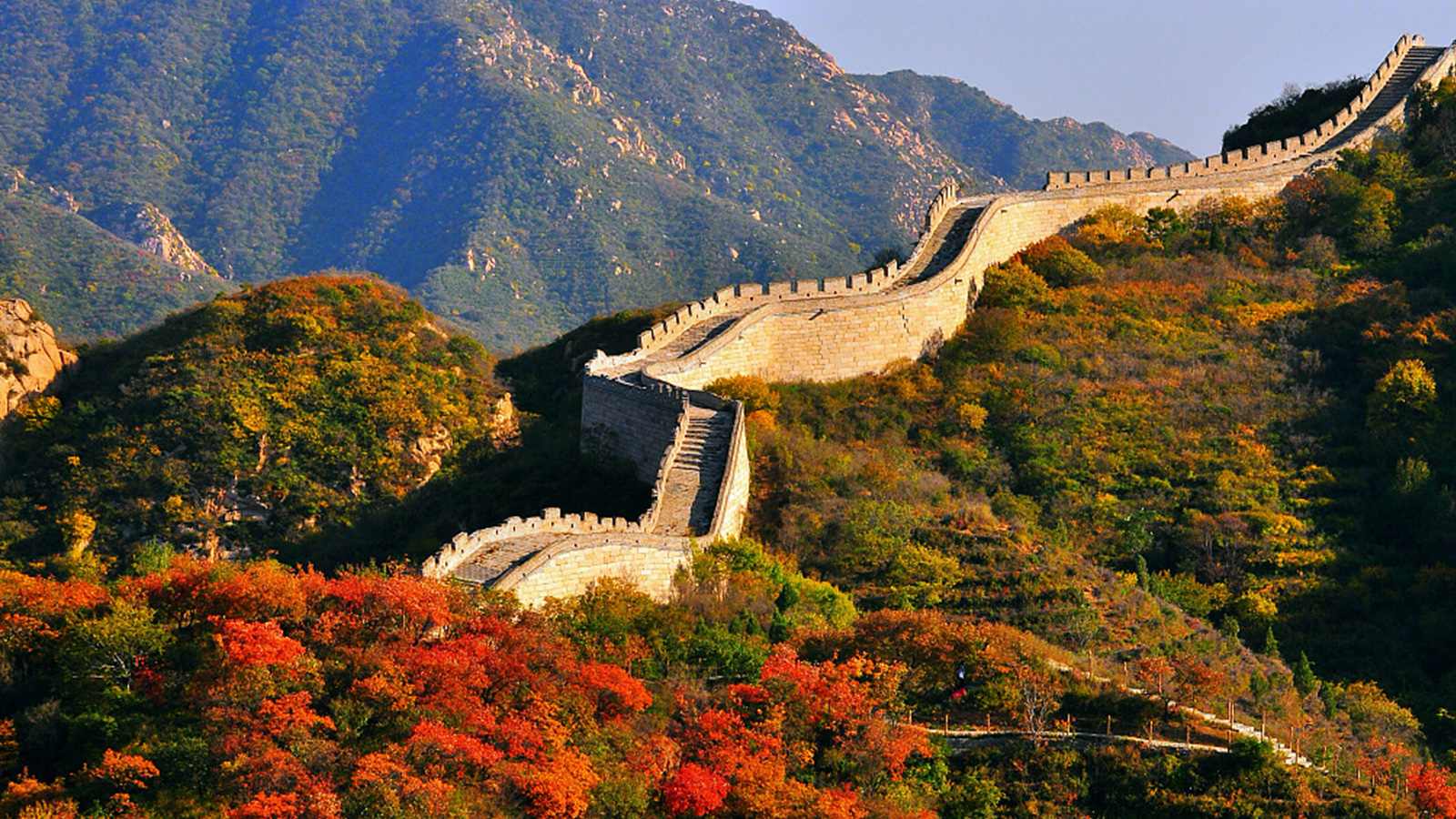 The Simatai Great Wall in Autumn
The Simatai Great Wall in Autumn
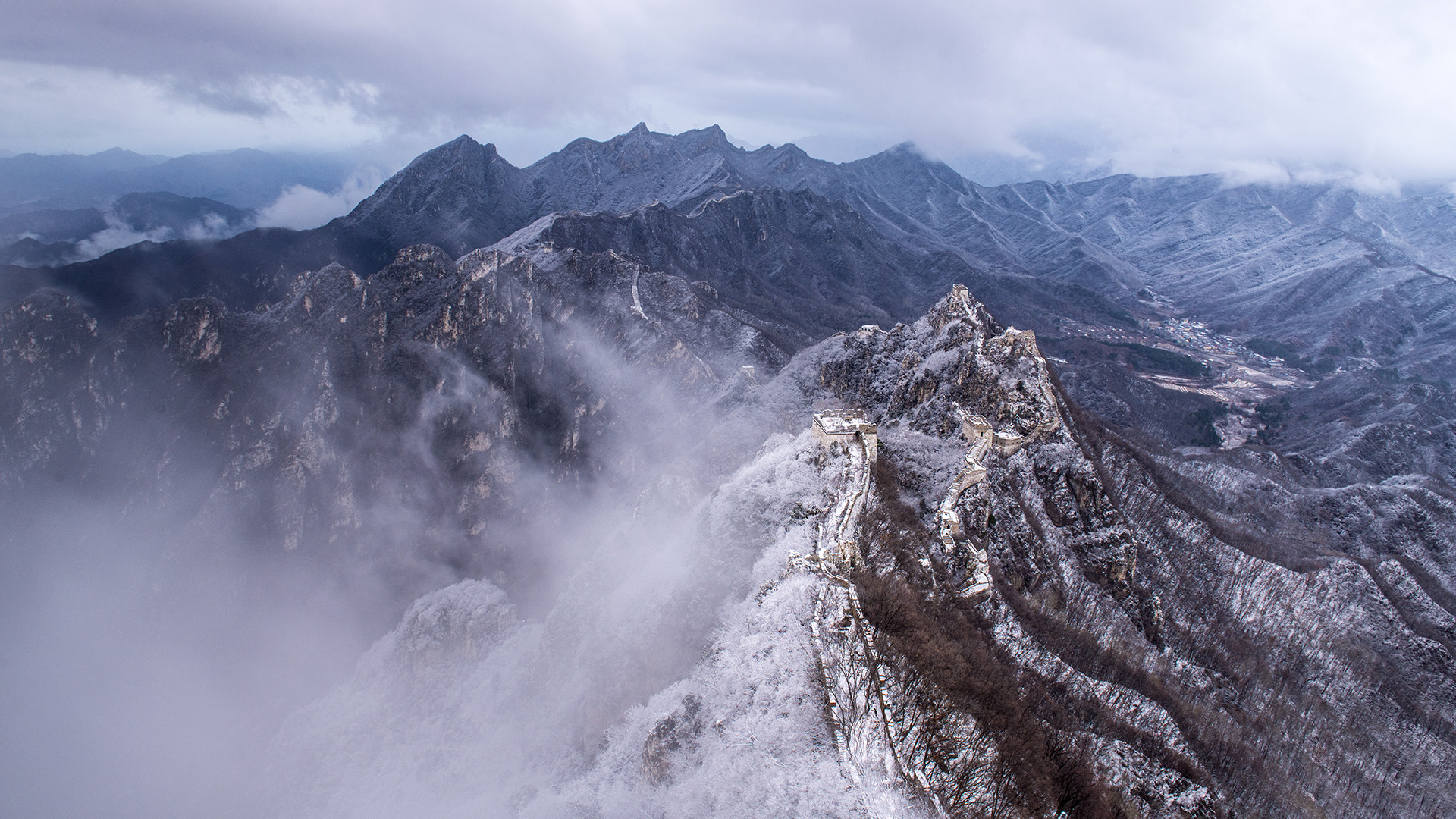 Magnificent Jiankou Great Wall in Beijing covered with snow
Magnificent Jiankou Great Wall in Beijing covered with snow
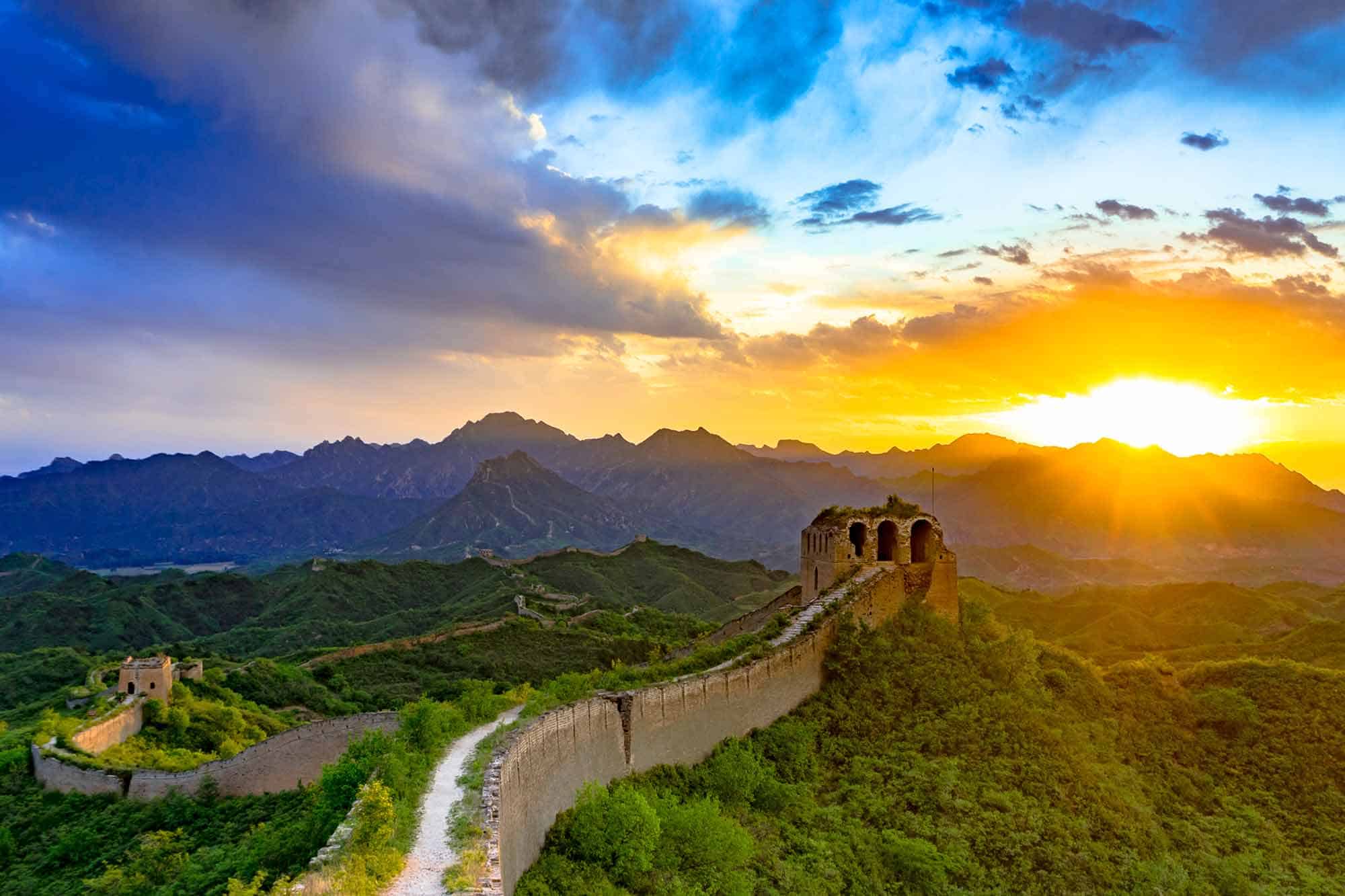 The Great Wall without Maintenance
The Great Wall without Maintenance
 The Great Wall in winter
The Great Wall in winter